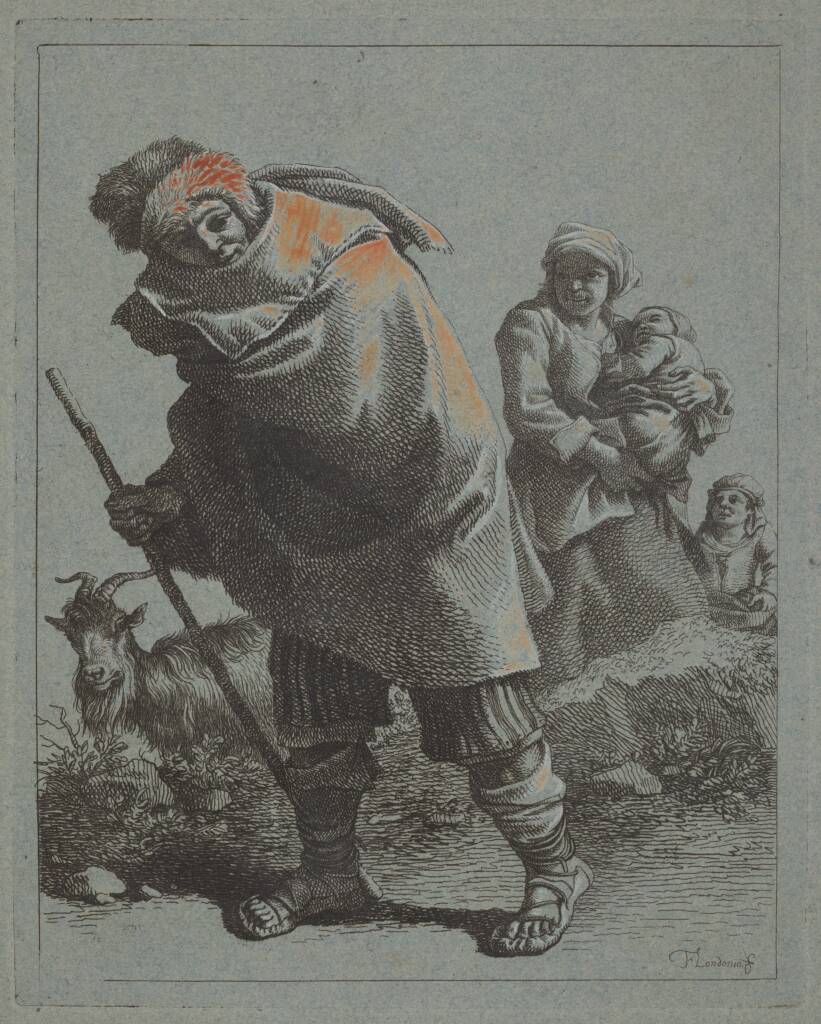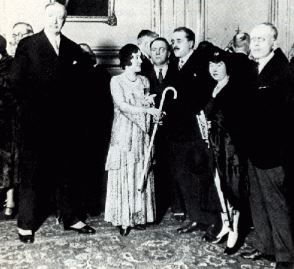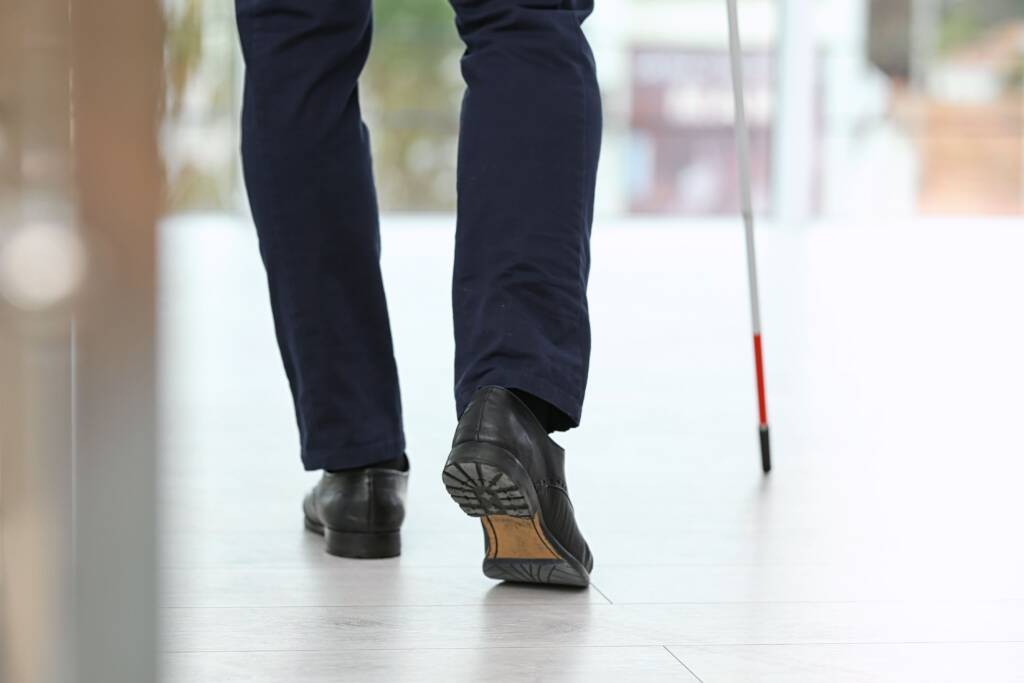White Cane Day symbolizes the white cane’s importance in blind and low vision communities. This day aims to educate people across the nation about blindness. The National Federation of the Blind has celebrated this day every year on October 15 since 1964, and every year organizations raise awareness about its history.
Monica: Hi everyone. My name is Monica. I am the supervisor of the Orientation and Mobility Department here at Helen Keller National Center. I am a certified Orientation and Mobility Specialist. Today we’re here to celebrate White Cane Safety Day, sometimes known as White Cane Day, and I’m here to talk to you about this amazing tool called a white cane.
So, the white cane serves a few different purposes. One, it identifies the person as having some degree of vision loss. It also is an educational tool for the public to know they should be a little bit careful around you as you’re navigating. Most importantly, the tool helps people when they’re navigating as it feels information from the waist down, it’s protecting the person as they travel.
To many individuals in the DeafBlind, blind, and low vision communities, the white cane is an essential tool for their journey to independence.
From all of us at Helen Keller Services, happy White Cane Safety Day.
[End of Transcript]
History of the White Cane
Ancient Times: Let’s Travel

A walking cane was used as tool for travel and as a defensive weapon. For shepherd’s staffs, often the top of the staff would be curved, as the curvature would be used to catch and manage the sheep.
1920s: Safety First
The white cane as we know it was invented by photographer James Briggs in 1921. Briggs had lost his sight due to an accident, and due to his worries about traffic and motor vehicle accidents near his home, he painted his walking stick white to increase visibility to motorists.
1930s: Becoming a Symbol

In 1930 a blind Lion’s Club member used a black cane to walk across a street, and members of the club realized the cane wasn’t visible, so they then promoted the use of white canes. Then in 1931, Guilly d’Herbemont launched a white stick movement for blind people in France. On February 7, 1931, Guilly d’Herbemont symbolically gave the first two white canes to blind people in the presence of French ministers, and 5,000 more white canes were later sent to blind civilians and blind French veterans from World War I.
The white cane during this time became symbolic and identified people who were blind or had low vision. During In 1920s and 1930s people held their canes diagonally in a fixed position. This changed when veterans came back to the US from WW2. Dr. Richard Hoover, a World War ll veterans rehabilitation specialist, developed the “long cane” or “Hoover” method of cane travel as mobility devices. The long cane technique is to swing the cane from the center of the body back and forth as the person walks.
1960s: White Cane Day is Here!

In the 1960s many state organizations and rehabilitation agencies serving blind and low vision citizens of the US urged Congress to proclaim October 15 as White Cane Safety Day in all states. On October 6, 1964, it was signed into law to authorize the President Lyndon B. Johnson to claim October 15 as White Cane Safety Day. In the proclamation President Johnson said, “A white cane in our society has become one of the symbols of a blind person’s ability to come and go on his own. Its use has promoted courtesy and opportunity for mobility of the blind on our streets and highways.”
Modern Times: Moving with Ease

White Canes can be rigid, folding or telescoping. They are often made from materials such as graphite, aluminum, carbon fiber and fiberglass. The standard white cane is used to preview the environment tactually in order to travel independently. The identification (ID) cane is a small, foldable cane used only for identification, not travel.
Anatomy of a White Cane

Wrist Cord
A wrist cord is a safety accessory at the top of a white cane that people wrap around their wrist in order to maintain contact if they were to drop the cane or have it slip out of their hand.
Grip
The grip is what white cane users hold onto while using it. It is cushioned to make the tactile experience more comfortable. There are three ways to grip the cane: the thumb grip, the index finger grip, and the pencil grip. A person can learn which grip technique bests suits them by working with an Orientation & Mobility specialist, which is an expert who introduce people to nationally recognized principles and methods to address the challenges of combined vision and hearing loss based on one’s needs.
Shaft
The shaft of the cane comes in different sizes based on one’s height and preferences. It is generally white in color to increase visibility.
Tip
At the bottom of the white cane is a tip which offers tactile feedback, lets the person know what surfaces they are standing on, and detects changes in elevation. There are several types of cane tips such as the rolling ball tip, metal glide tip, and rolling mushroom tip.
How to Celebrate White Cane Day

Spread Awareness Online and In Person
Write and share a post about White Cane Day’s significance on social media to spread awareness and share what you’ve learned to your network. Tag us at @helenkellerservices (Instagram) or @HKS_Media (Twitter) and use the hashtags #WhiteCaneSafetyDay & #NationalWhiteCaneSafetyDay. You can also spread awareness by having conversations with friends and family about the day’s significance.
Educate Yourself on Blind Culture & History
Read books and watch documentary films that highlight Blind culture and history. Doing this can help expand your worldview, open you up to new perspectives, and can lead to interesting discussions with friends and family.
Books to read:
- Now I See You: A Memoir by Nicole C. Kear
- Crashing Through by Robert Kurson
- Not Fade Away: A Memoir of Senses Lost & Found by Rebecca A. Alexander, Sascha Alper
- Haben: The Deafblind Woman Who Conquered Harvard Law by Haben Girma
Documentary films to watch:
Wear a White Cane Day T-shirt
A common way to celebrate White Cane Awareness Day is by wearing a White Cane Day T-Shirt to spread awareness. Many organizations, schools for the blind, and individuals make a point of designing a new t-shirt every year featuring a white mobility cane.

Safety Tips When Seeing Someone Use a White Cane
- If you are driving, cycling, or just seeing someone using a white cane, stop to give that person the right of way. Provide them with adequate space on a sidewalk if walking.
- If appropriate, ask if the traveler needs assistance. Ask how you can help them. Never push, pull or drag but instead offer your elbow as a first step. When a traveler holds onto you they maintain control of their travel situation.
- Never touch or manipulate someone’s cane without their consent, as it can be terrifying, dangerous and disorienting.
About Helen Keller Services
Helen Keller Services is a nonprofit organization that provides services to individuals who are blind, DeafBlind, have low vision or combined hearing and vision loss to work, thrive, and live in their community of choice.
If you or someone you know is in need of Orientation & Mobility services, contact our Orientation & Mobility specialists at info@helenkeller.org for more information.
To learn about all of Helen Keller Serivces’s programs and services, visit helenkeller.org.
